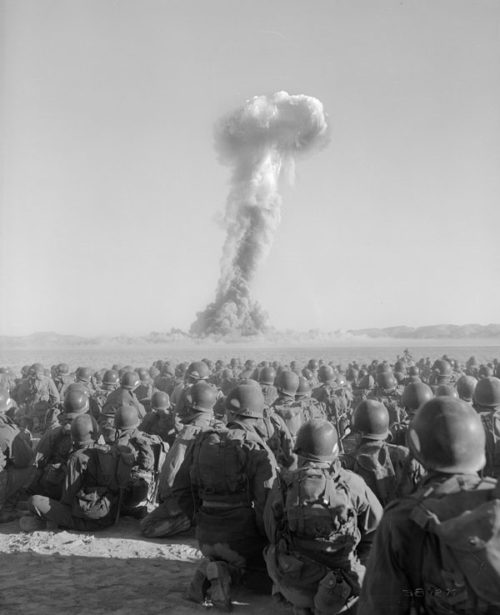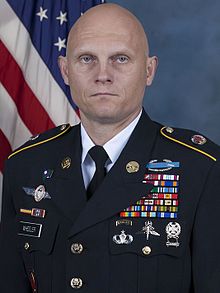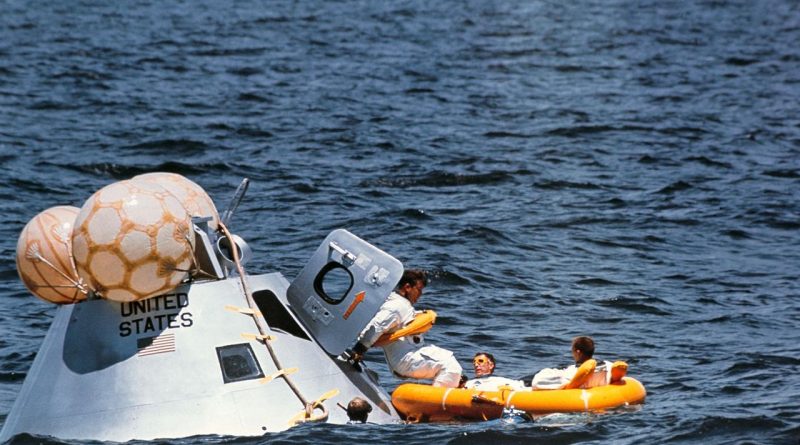October 22 in U.S. military history
1951: Operation BUSTER-JANGLE, a series of low-yield atomic weapons tests in the Nevada desert, begins with the “Able” shot. Some 6,500 troops are stationed just six miles away, witnessing the blast and then moving towards the detonation site to determine the effectiveness of fortifications and also provide data to scientists on the psychology of soldiers in the aftermath of atomic attacks.

1957: The U.S. military suffers its first casualties in Vietnam when a wave of terrorist attacks hits Military Assistance Advisory Group and U.S. Information Service installations in Saigon, injuring 13 advisors.
1962: After consulting with former president Dwight D. Eisenhower, John F. Kennedy announces that the Soviet Union had placed nuclear weapons in Cuba and the United States will establish a naval blockade around the island to prevent further offensive weapons from entering Cuba.
1968: The Apollo 7 crew splashes down in the North Atlantic Ocean after the completing the first manned mission of the Apollo program. Capt. Walter M. Schirra, USN; Maj. Donn F. Eisele, USAF; and Maj. R. Walter Cunningham, USMC have spent 10 days in low earth orbit, testing the command/service module that would carry astronauts to the moon and back on future missions.

Today’s post is in honor of 1st Special Forces Operational Detachment-Delta Master Sgt. Joshua Wheeler who was killed in action on this day in 2015. Wheeler, 39, of Roland, Okla., was conducting a joint U.S.-Kurdish operation to liberate prisoners from an Islamic State detention facility at the time of his death and was the first servicemember killed in action in Iraq since 2011. During his 20-year career, he had well over a dozen combat deployments, for which he was awarded the Silver Star, 11 Bronze Stars – several with the combat “V” device.
